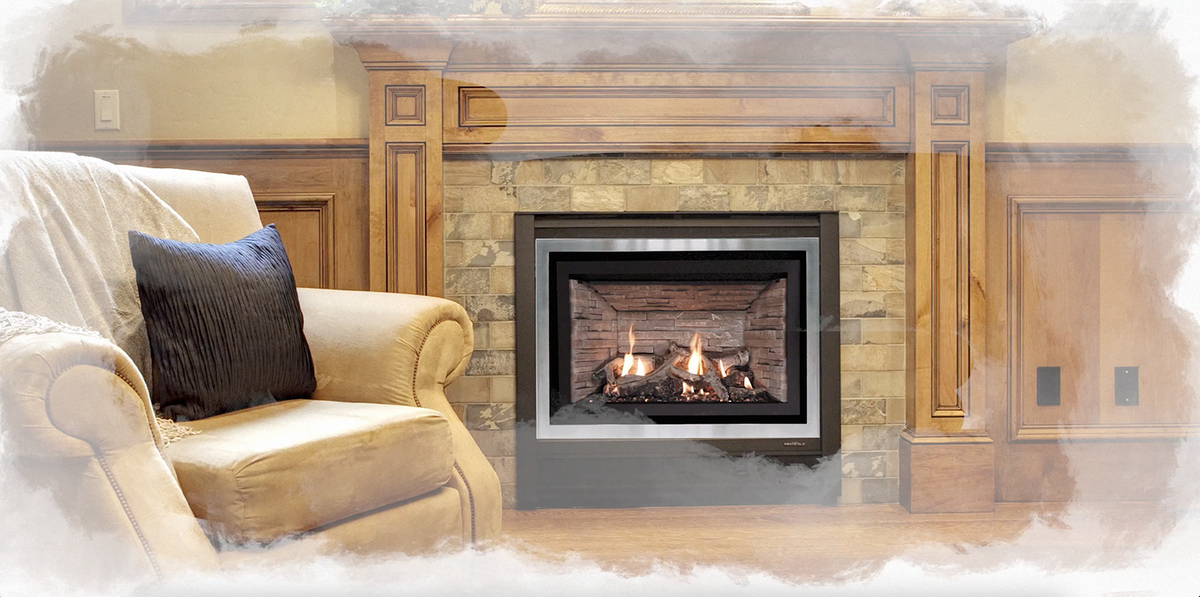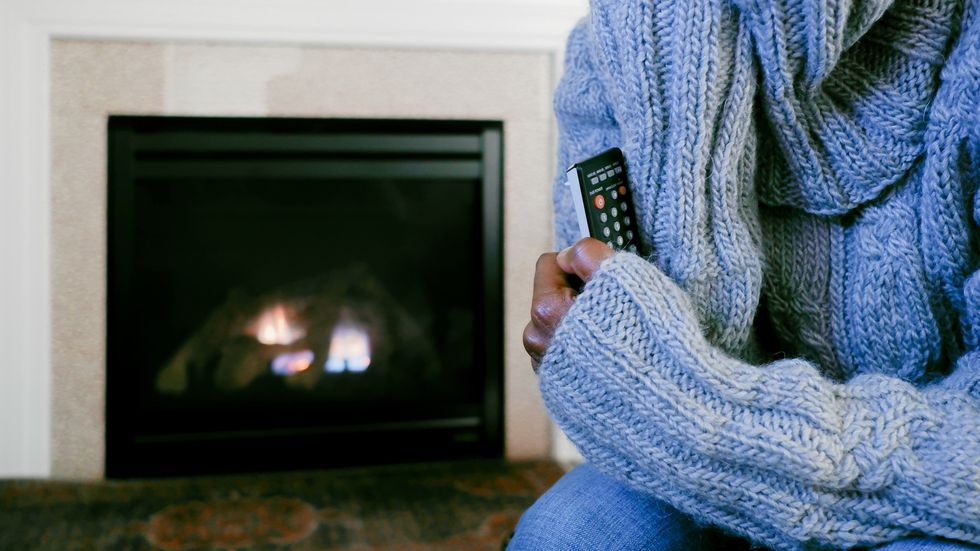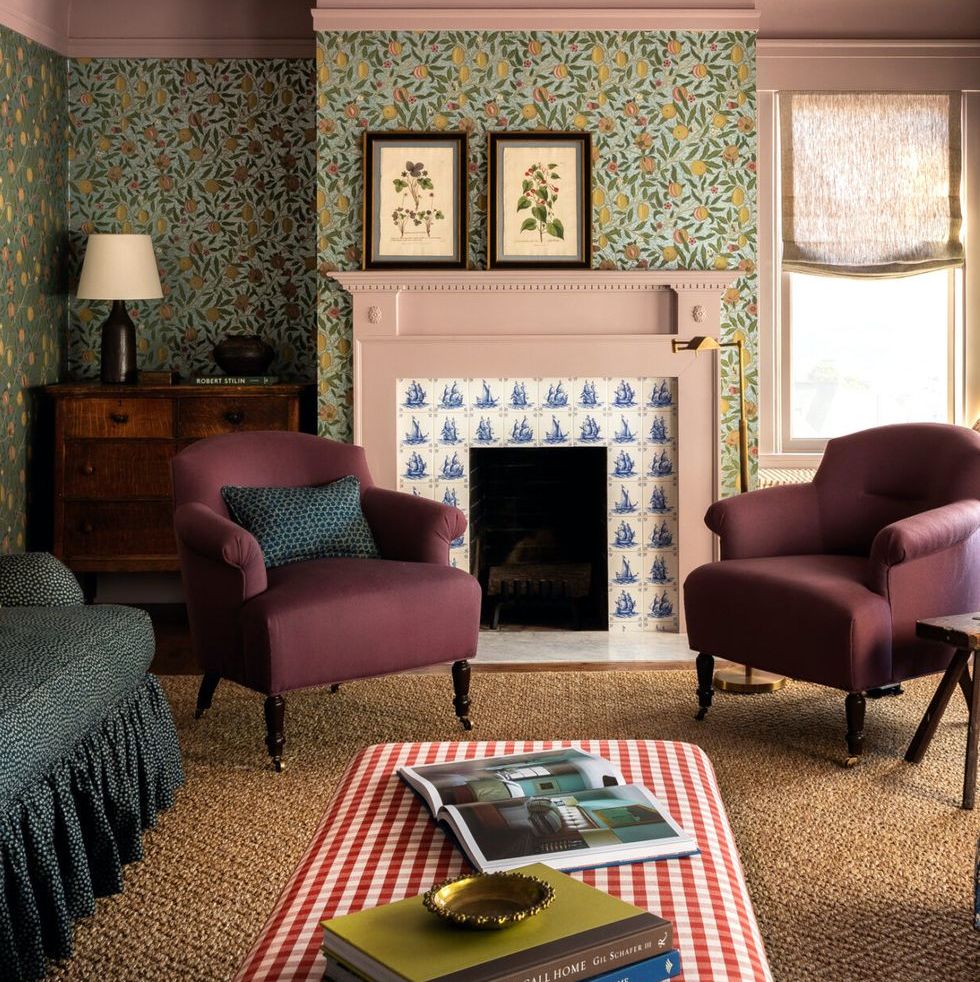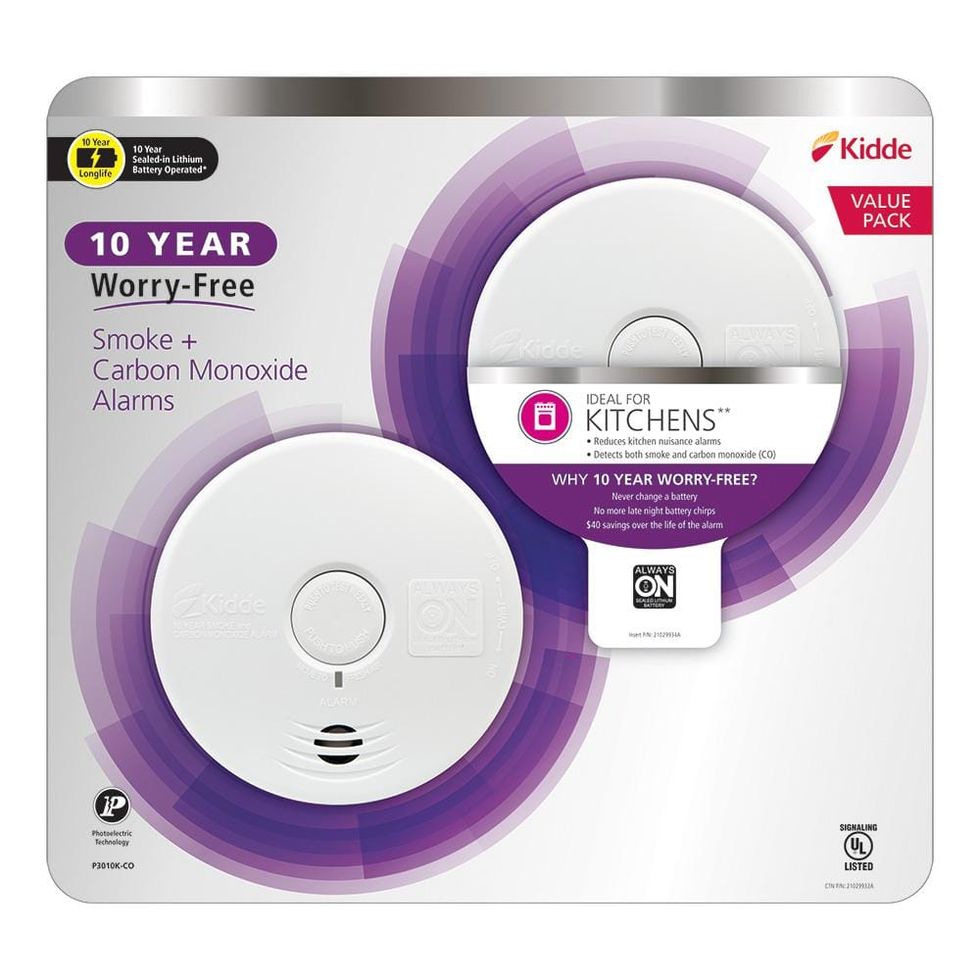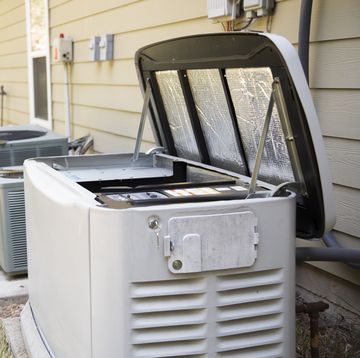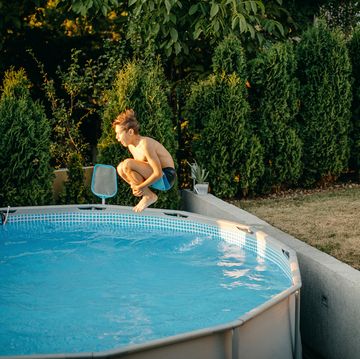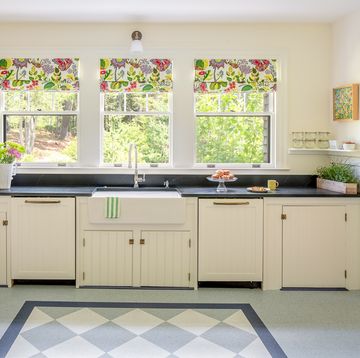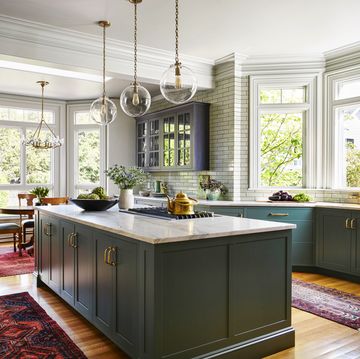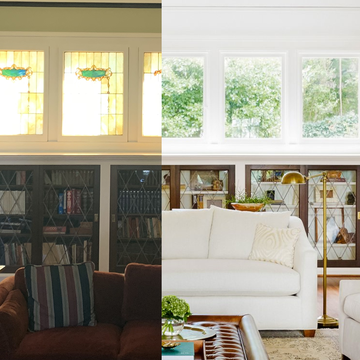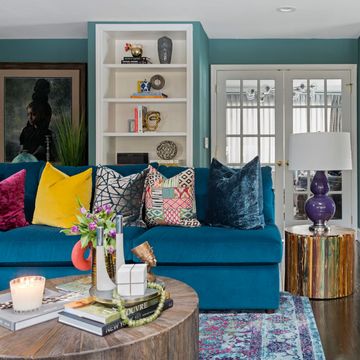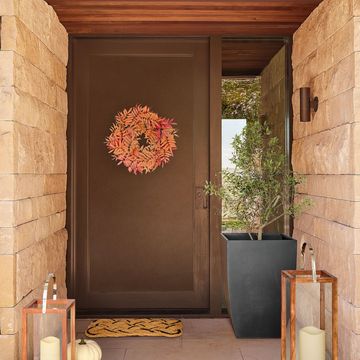On the heels of the gas stove controversy, many homeowners are beginning to look around their homes for other culprits of indoor air pollution. It's a search that might lead you to your fireplace, as anything involving fire and gas can be a point of concern. But if your fireplace is not faulty and is used responsibly, you should be able to gather around the hearth safely.
Still, according to a report by the Centers for Disease Control and Prevention (CDC), over 50,000 people go to the hospital emergency rooms each year due to incidents of carbon monoxide poisoning. Whether your fireplace is gas, electric, traditional wood-burning, or pellet-burning, carbon-monoxide emissions are possible.
"There are many kinds of fireplaces, unlike gas stoves, which are all essentially the same from a combustion standpoint," says John Crouch, Director of Public Affairs for the Hearth, Patio, and Barbecue Association (HPBA). If your home is not properly ventilated, has poor fuel, or utilizes weak burning wood, it may lead to carbon monoxide emissions. If you have a gas fireplace, there should be a protective screen over the fireplace or vent to the exterior of your home to prevent carbon monoxide buildup.
Ashley Murphy, Home Depot's Merchant of Fire and Pool says, "While gas fireplaces offer a realistic look and quickly heat any space with real flames, like anything that involves fire and gas, gas fireplaces may present potential safety issues."
How Do I Know If My Fireplace Is Safe?
Before operating a gas fireplace, it’s important that you’re reading the fine print and are familiar with the unit. DIY fans, installing a fireplace is not one to take on yourself as the correct way to operate a fireplace depends on the type. "Some gas fireplaces work only with natural gas while others can use either natural gas or propane. Fuel other than what is listed on a gas fireplace’s rating plate should never be used," says Murphy.
A strange odor, sound, or cloud of smoke exiting your chimney is a telltale sign that it's time to call an expert. Dust, dirt, ash, and soot can build up over time due to constant use. But if the appliance is new, it will need an off-gassing or curing time. Wellness Within Your Walls says, "Follow manufacturers’ suggestions on the recommended procedure and ventilate the area during this timeframe. Opening windows and running ceiling and window fans, as well as portable air purifiers, will assist with ventilation efforts."
How Can I Improve the Air Quality in My Home?
Murphy advises, "The fact that carbon monoxide can’t be seen or smelled is what makes it such a danger. If your home already has smoke detectors and carbon monoxide detectors installed, check to make sure the batteries are up-to-date and working well. "
Your home should have a new carbon monoxide detector on each floor of your home, including the basement and garage. Murphy advises installing it on the inside or right outside the door of all bedrooms. Specifically for fireplaces, she recommends placing additional CO2 alarms within 5 to 20 feet of fireplaces and fire extinguishers within quick reach.
According to Wellness Within Your Walls, this is the best way to detox your home:
- If you cannot remove or replace gas appliances, having air monitors and purification devices is important. These devices will alert you to contaminants in the air and trigger purification efforts to rid the air of toxins in those spaces.
- Though simple, it is vital to use an exhaust fan or range hood that is directly vented to the exterior of the home whenever you are cooking.
- Make sure you have an adequate ventilation system. HRV or ERV systems work to balance your indoor air and remove excess contaminants, which is important when dealing with combustion devices and appliances.
- An active or smart ventilation system that responds to VOC monitoring devices and will automatically ventilate, if recommended VOC levels are exceeded, will help avoid harmful, contaminated air.
- Install carbon monoxide monitors within 10 feet of any gas appliance.
Moving into a home with history? Crouch states, "Often, we find that homebuyers purchase property without checking to see that the previously installed fireplace is up to standards."
Instead of avoiding the cries coming from your home to upkeep maintenance (we repeat, change the batteries of your carbon monoxide detector), schedule a walk-through with professionals. An inspector should examine your fireplace every year, and if you have a chimney, follow up with a repair company as well. It seems like a chore, but it's important to have your home checked top to bottom by licensed experts per the recommendation of the National Fire Protection Association. From pipes bursting to a blocked chimney, preventative care is the best way to protect your home and will always pay off.
Follow House Beautiful on Instagram.
Medgina Saint-Elien covers everything your home needs. She writes about exciting new product launches, hands-on reviews, and the "lightbulb" moments in every maker's story. In overseeing key HB editorial franchises, including the Live Better Awards, Saint-Elien champions the work of BIPOC entrepreneurs in the design and beauty industries. In addition to House Beautiful, her work has been published in Byrdie, Snapchat, and more. Outside of work, the writer and poet can be found documenting her travels on social media and saving memes for future use.
